Introduction
Longan, also known as Dimocarpus longan, is a tropical and subtropical fruit renowned for its sweet and juicy flesh, encased in a tough, brownish-red shell. Native to southern China, this fruit has gained popularity worldwide due to its delightful taste and numerous health benefits. Rich in vitamins, minerals, and antioxidants, longan is often consumed fresh, dried, or processed into various delicacies. However, preserving fresh longan can be challenging, especially given its perishable nature. This article delves into the various methods and tips for effectively preserving fresh longan, ensuring that you can enjoy its sweetness for longer periods.
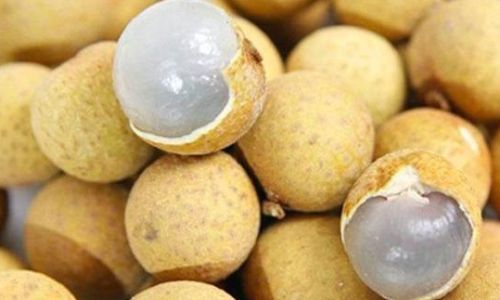
Understanding Longan’s Shelf Life
Before diving into preservation techniques, it’s crucial to understand the natural shelf life of fresh longan. Once harvested, longan has a relatively short lifespan, typically lasting between three to five days at room temperature. This duration can vary depending on environmental factors such as humidity, temperature, and the ripeness of the fruit at harvest. Therefore, prompt and appropriate preservation methods are essential to extend longan’s shelf life and maintain its quality.
Refrigeration: The Most Common Method
Refrigeration is the most straightforward and commonly used method for preserving fresh longan. By lowering the temperature, you slow down the biochemical processes that lead to spoilage, such as enzymatic activity and microbial growth. Here’s how to refrigerate longan effectively:
-
Selection and Preparation: Choose longan that are firm, have intact shells, and show no signs of mold or decay. Gently rinse the fruits under cold running water to remove any dirt or debris. Pat them dry using a clean paper towel or soft cloth.
-
Storage Container: Place the cleaned longan in an airtight container or a plastic bag with the excess air removed. Avoid using containers that trap too much moisture, as this can promote mold growth.
-
Refrigerator Placement: Store the container in the crisper drawer of your refrigerator, where humidity is higher and temperature fluctuations are minimal. The ideal storage temperature for longan is between 3°C to 5°C (37.4°F to 41°F).
-
Monitoring: Check the longan periodically for signs of spoilage. Remove any moldy or decaying fruits immediately to prevent the spread of mold to other fruits.
With proper refrigeration, fresh longan can last up to two weeks, though the quality may gradually decline over time.
Freezing Longan for Long-Term Preservation
For those who wish to enjoy longan beyond the two-week refrigeration period, freezing is a viable option. Freezing preserves the fruit’s nutritional value and flavor while extending its shelf life for several months. Here’s a step-by-step guide to freezing longan:
-
Preparation: Select ripe but firm longan. Peel the shells and remove the seeds. You can also choose to freeze the whole fruit if preferred, but peeled and seeded longan will be easier to use later.
-
Blanching (Optional): Blanching helps to kill enzymes that can cause the fruit to deteriorate and also brightens the color. Submerge the peeled longan in boiling water for about 30 seconds to one minute, then plunge them into ice water to stop the cooking process. Pat them dry.
-
Freezing Method: There are two main methods for freezing longan:
- Individually Quick Frozen (IQF): Spread the longan pieces in a single layer on a baking sheet lined with parchment paper. Place the sheet in the freezer until the fruits are frozen solid, then transfer them to an airtight freezer bag or container. This method prevents clumping and makes it easier to portion out the fruit later.
- Direct Freezing: Alternatively, you can place the prepared longan directly into freezer bags or containers, ensuring there’s minimal headspace to reduce freezer burn.
-
Labeling and Storage: Label the freezer bags or containers with the date and contents. Store them in the freezer compartment at a temperature of 0°F (-18°C) or below.
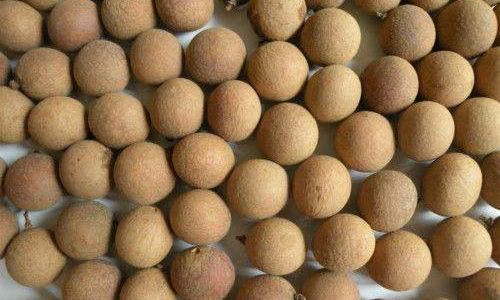
Frozen longan can be kept for up to six months to a year, depending on storage conditions. When ready to use, thaw the frozen fruit in the refrigerator overnight or under cold running water.
Drying Longan: Preserving the Essence
Drying is another traditional method of preserving longan, transforming it into a shelf-stable snack with a concentrated sweetness and unique texture. Dried longan, also known as longan dried fruit, can be enjoyed as is or used in cooking and baking. Here’s how to dry longan at home:
-
Preparation: Select fully ripe longan. Peel the shells and remove the seeds. You can also leave the seeds in if you prefer a more rustic texture.
-
Blanching: Blanch the peeled longan in boiling water for about two minutes to soften them slightly and enhance their color. Plunge them into ice water and pat dry.
-
Drying Method:
- Sun Drying: Lay the longan pieces on a clean, mesh tray or bamboo mat in a sunny, well-ventilated area. Turn them occasionally to ensure even drying. This method can take several days, depending on the weather.
- Dehydrator: Use a food dehydrator set to a temperature between 35°C to 40°C (95°F to 104°F). Spread the longan pieces in a single layer on the dehydrator trays. Dehydrate for about 12 to 24 hours, depending on the desired moisture content.
- Oven Drying: Preheat your oven to its lowest setting, typically around 50°C (122°F). Spread the longan pieces on baking sheets lined with parchment paper. Prop the oven door open slightly with a wooden spoon to allow moisture to escape. Dry for several hours, checking periodically to avoid over-drying.
-
Storage: Once fully dried, store the longan in an airtight container in a cool, dark place. Dried longan can last for several months to a year, provided it remains dry and free from moisture.
Other Preservation Techniques
In addition to refrigeration, freezing, and drying, there are other innovative methods for preserving fresh longan:
-
Canning: Longan can be canned in syrup or juice, extending its shelf life while retaining much of its flavor and texture. This method requires specialized canning equipment and knowledge of safe canning practices to prevent botulism.
-
Pickling: Pickling longan in a vinegar-based solution adds a tangy twist to the fruit’s sweetness. This preservation method is less common but can be an interesting way to enjoy longan in different culinary applications.
-
Fermentation: Fermenting longan can create unique condiments or beverages, such as longan vinegar or wine. This process requires careful management of fermentation conditions to ensure safe and desirable outcomes.
Conclusion
Preserving fresh longan requires careful consideration of the fruit’s natural properties and the desired end use. Refrigeration is the simplest and most accessible method for short-term preservation, while freezing and drying offer longer-term solutions. Less common techniques like canning, pickling, and fermentation provide additional avenues for creativity and culinary exploration. By selecting the right preservation method and following best practices, you can enjoy the sweet, juicy delights of longan throughout the year.

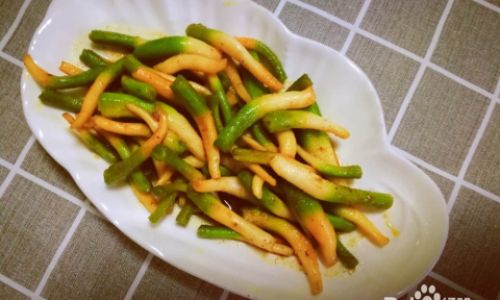
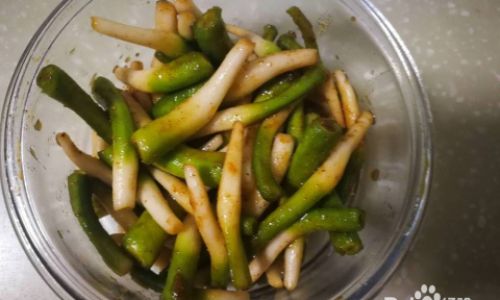
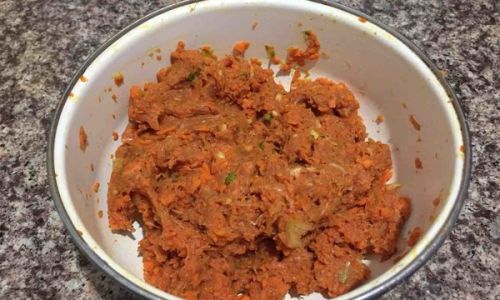
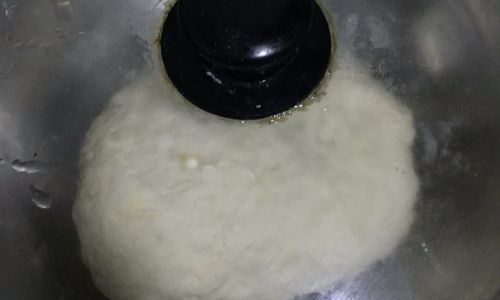
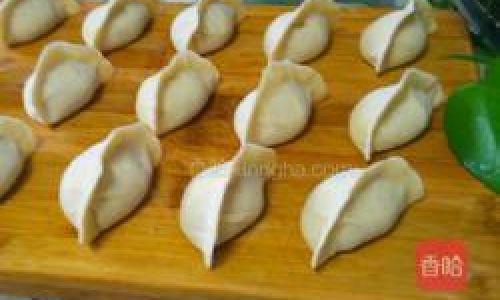
0 comments